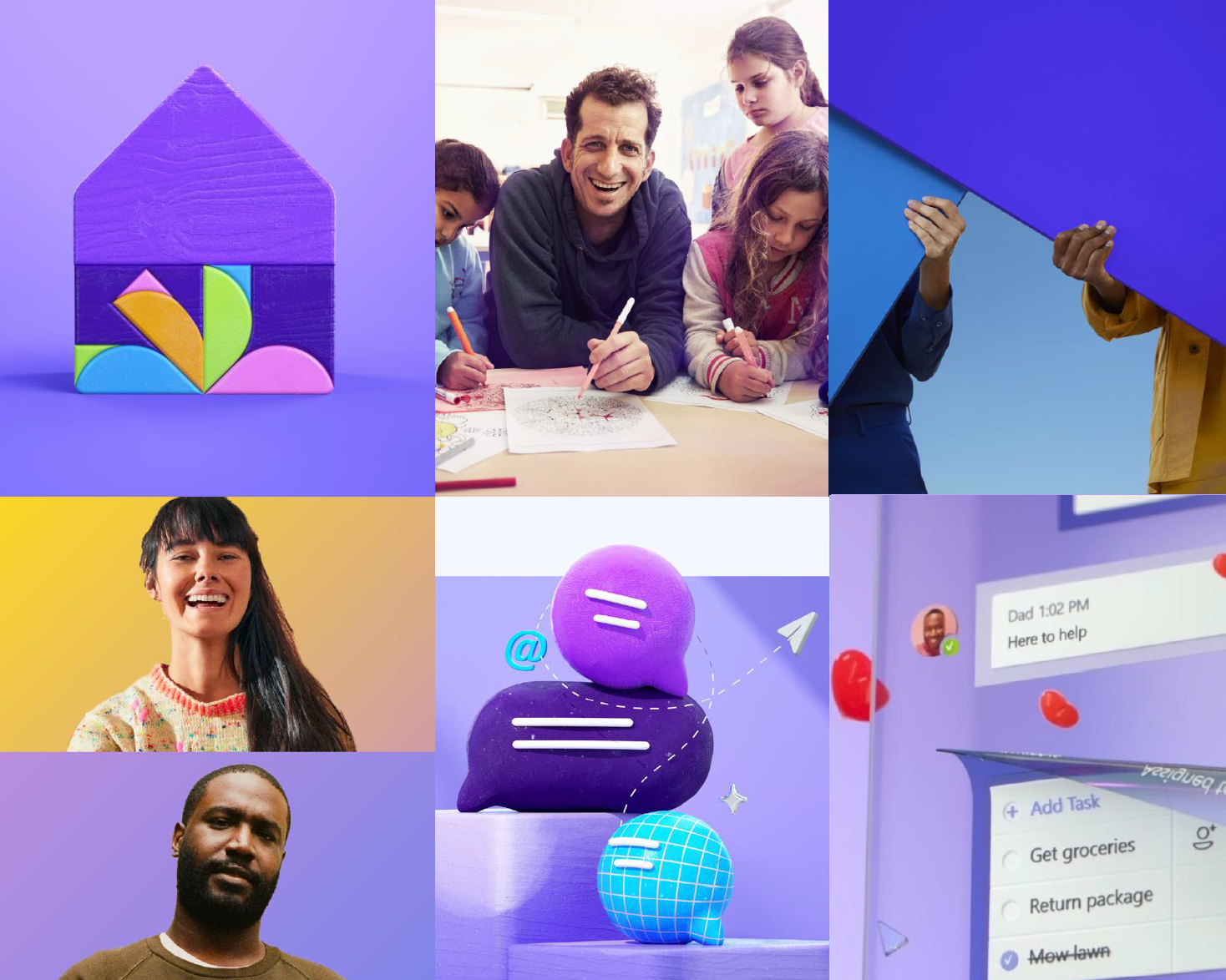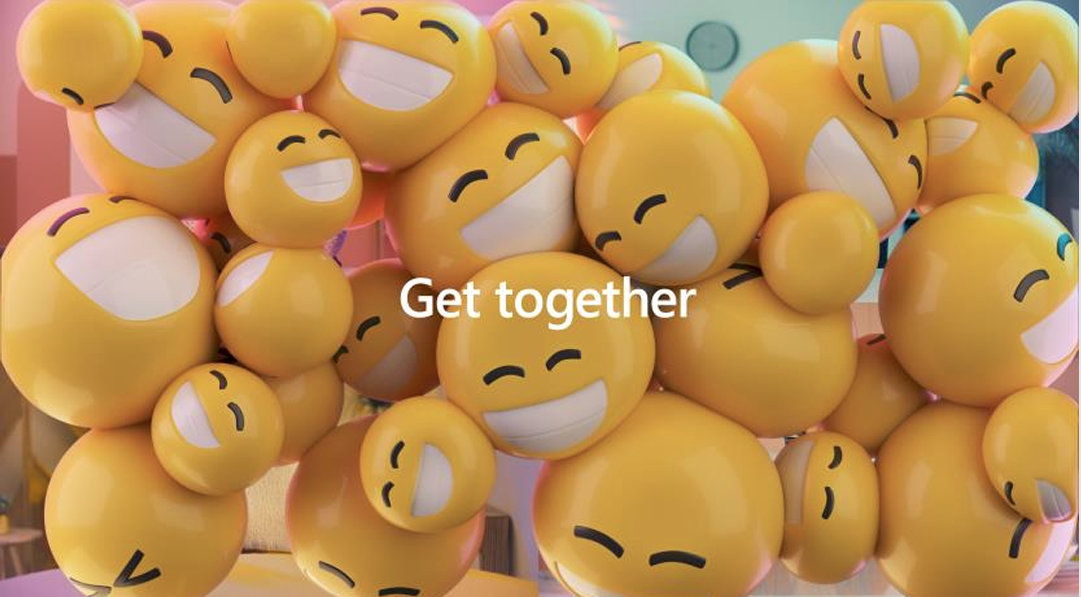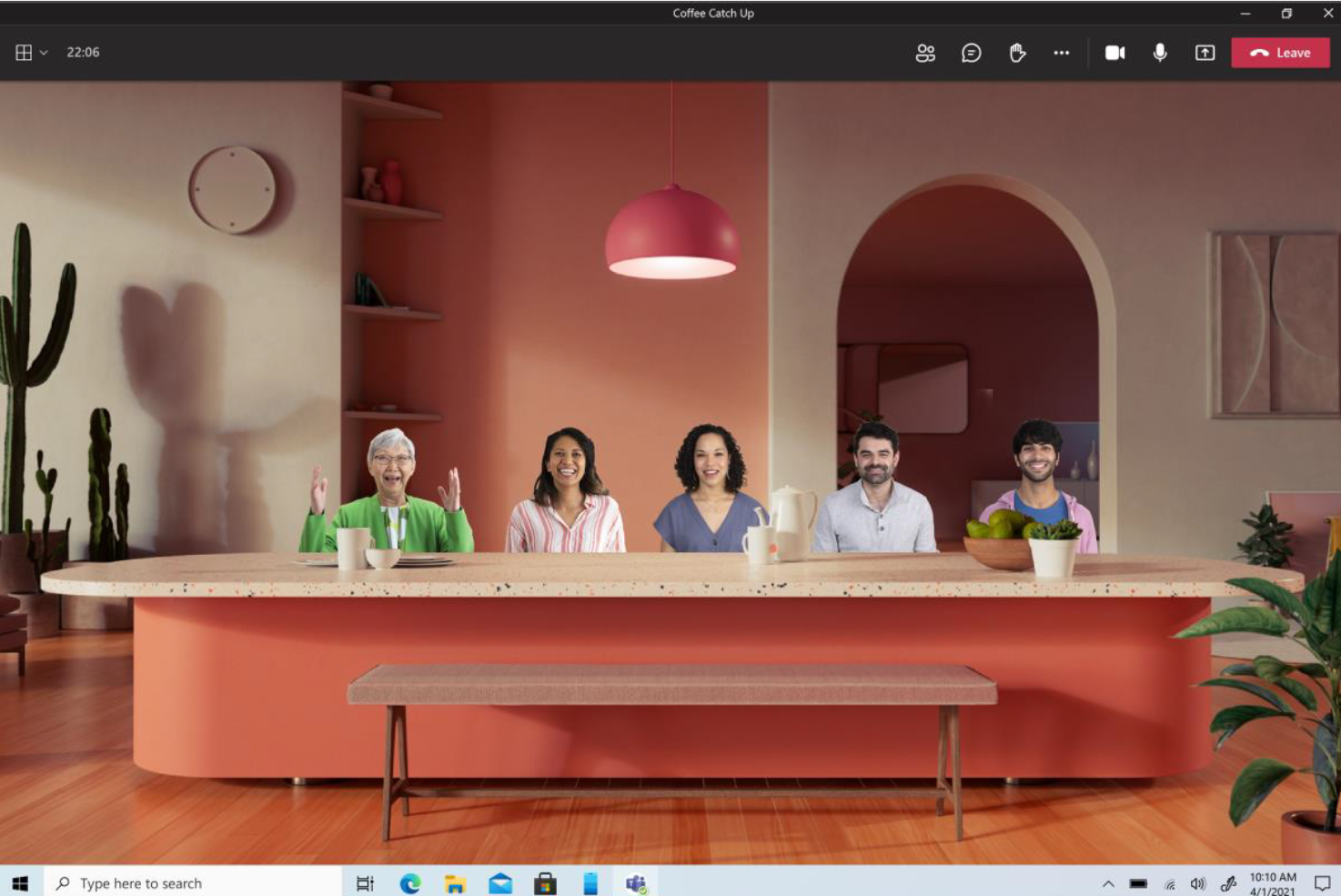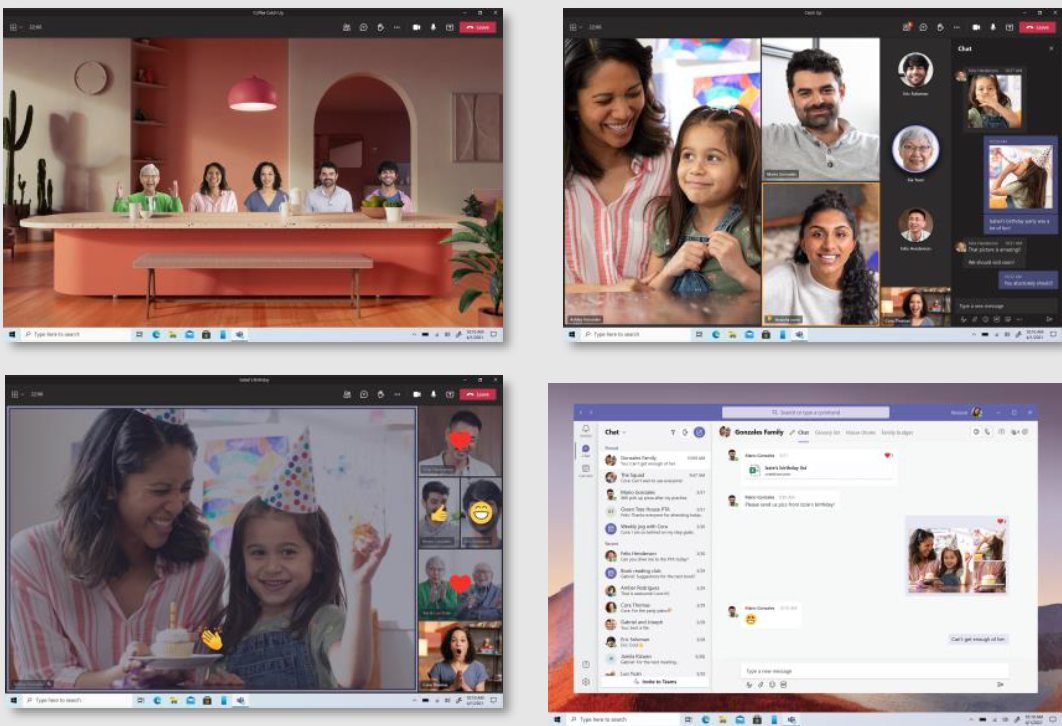Visual Language Deep Dive
The visual language needed to feel approachable and human while maintaining Microsoft's premium brand equity. We developed a framework that balanced professional credibility with personal warmth.


Microsoft Teams for Life consumer launch: reimagining Teams as the go-to app for families and friends through strategic repositioning and innovative campaign architecture
In Spring 2021, as the world navigated unprecedented changes in how we work and connect, Microsoft faced a unique opportunity: repositioning Teams from a B2B collaboration tool to a consumer platform that could bring families and friends together.
The challenge was multifaceted: how do you take a platform known for work meetings and transform it into something families would choose for staying connected? We needed to shift perception from "work necessity" to "life enhancement" while maintaining the platform's core strengths.
The hybrid work/life moment presented a perfect storm of opportunity. Families were already comfortable with video calling, but existing consumer platforms lacked the robust features Teams offered. We saw the chance to position Teams as the platform that understood both work and life weren't separate anymore—they were integrated.
We developed a modular Bill of Materials (BoM) approach that could scale across every touchpoint while maintaining narrative consistency. The core construct centered around "Action + Together"—showing how Teams enabled people to do things together, not just talk together.
Created a flexible system of creative modules that could be mixed and matched across platforms while maintaining brand consistency and message clarity.
Developed a messaging construct that moved beyond basic communication to showcase Teams as a platform for shared experiences and activities.
Ensured seamless brand experience across digital, social, and traditional media while optimizing for each platform's unique characteristics.
The visual language needed to feel approachable and human while maintaining Microsoft's premium brand equity. We developed a framework that balanced professional credibility with personal warmth.


Our hero content strategy centered on authentic moments of connection, showing how Teams could enhance the relationships that matter most. The main campaign video became the emotional anchor for the entire launch.


Custom 3D emoji system that brought personality and playfulness to Teams interactions, making digital communication feel more human and expressive.

Showcased Together Mode as a breakthrough feature that made virtual gatherings feel more natural and connected than traditional grid views.

Carefully curated interface demonstrations that highlighted Teams' intuitive design and powerful features in real-world contexts.
The campaign's modular architecture enabled seamless adaptation across platforms while maintaining narrative consistency. Each touchpoint was optimized for its unique audience and consumption patterns.

We developed platform-specific adaptations that honored each channel's unique characteristics while maintaining brand consistency. From TikTok-native content to LinkedIn thought leadership, every piece felt native to its environment while advancing our core narrative.
As the strategic architect for this launch, I led the development of the overarching narrative framework that would guide all creative and media decisions. This involved deep consumer research, competitive analysis, and cross-functional collaboration to ensure every element served our repositioning goals.
The narrative strategy centered on a fundamental insight: people don't want separate apps for work and life—they want tools that understand their whole world. This insight drove everything from feature prioritization to creative messaging.
Success required unprecedented collaboration across product, marketing, design, and engineering teams. I facilitated alignment sessions that ensured our strategic vision translated into cohesive execution across all touchpoints.
Beyond the numbers, the campaign successfully shifted cultural perception of Teams from "work tool" to "life enabler." User-generated content showed families using Teams for everything from virtual dinner parties to collaborative homework sessions, proving our repositioning strategy had resonated.
The campaign established Teams as a legitimate consumer platform, opening new market opportunities and revenue streams. More importantly, it demonstrated Microsoft's ability to humanize enterprise technology for mainstream audiences.
The Teams consumer launch taught us that successful repositioning isn't about changing what a product does—it's about changing how people think about what it could do for them. We didn't rebuild Teams; we rebuilt the story around Teams. The platform's enterprise-grade reliability became a feature, not a barrier, when positioned as 'the video calling that actually works when it matters most.'
My Role: Strategic Architect, Narrative Strategy Lead, Cross-functional Collaboration Lead, Campaign Framework Development
Discover how strategic creativity drives meaningful connections across platforms and experiences.
View All Projects